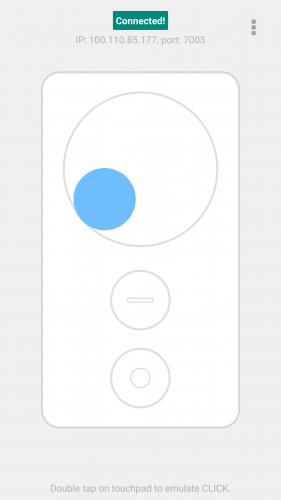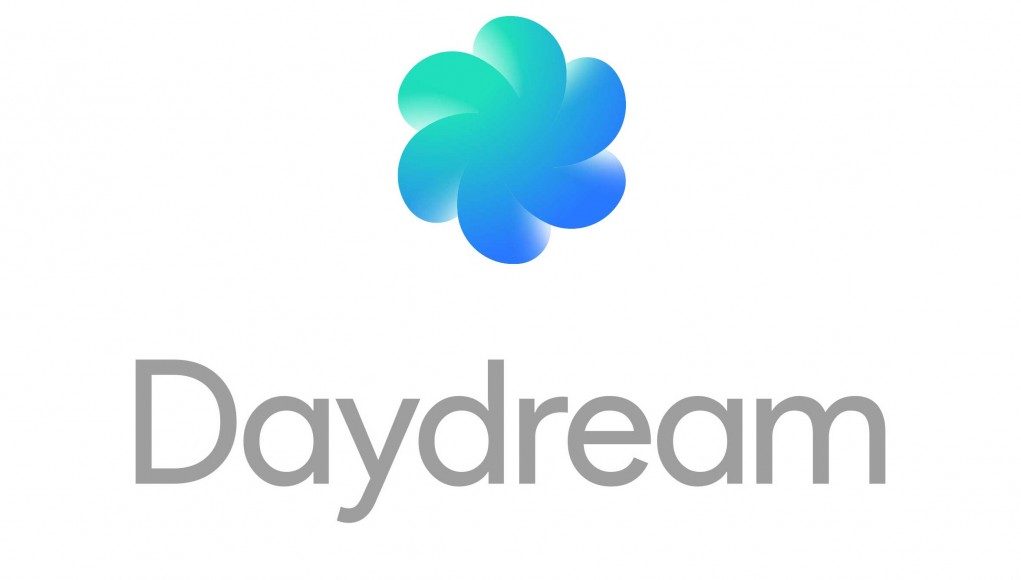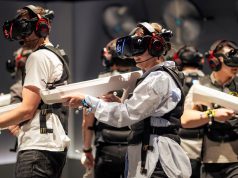This week Google announced Daydream, the company’s initiative for high-end mobile virtual reality. While Google didn’t reveal a dedicated dev kit, the company says developers can cobble together their own using the Nexus 6P smartphone, Cardboard, and a spare phone.
Google says that the Nexus 6P is not officially among its ‘Daydream Ready’ phones—those which will be certified for Daydream’s high end mobile virtual reality experiences—but it’s good enough to function as a temporary Daydream dev kit.
To start developing for Daydream today, devs need three things:
- Nexus 6P smartphone
- Google Cardboard
- Spare Android phone
Once you’ve got the ingredients, Google will walk you through getting them ready to function as a Daydream development kit.

The basics are that the Nexus 6P will need to be running the Android N developer preview (version 3 or higher), which has enhanced components built in to create Daydream VR experiences. Google warns that “The 6P’s thermal performance is not representative of the consumer Daydream-ready devices that will be launching later this year. In particular, expect the 6P to thermally throttle CPU and GPU performance after a short period of use, depending on workload.”
Google Cardboard will of course be used as a crude approximation of future Daydream headsets, and the company encourages developers to find a Cardboard viewer with a strap, “as a closer approximation to Daydream,” (which is ironic because officially, Google doesn’t certify Cardboard headsets that have straps).
 Now the clever part: instead of waiting for the Daydream controller, developers (who, if already building for Android likely have plenty of old phones lying about) can use any Android smartphone running 4.4 KitKat or above as a controller emulator. One problem: as the display is used to represent virtual versions of the Daydream controller’s physical buttons, it can be hard to tap them effectively while wearing a headset. But the company has already thought about that, and provides printable paper templates which can be overlaid onto the controller emulating phone to give some sense of tactile feedback.
Now the clever part: instead of waiting for the Daydream controller, developers (who, if already building for Android likely have plenty of old phones lying about) can use any Android smartphone running 4.4 KitKat or above as a controller emulator. One problem: as the display is used to represent virtual versions of the Daydream controller’s physical buttons, it can be hard to tap them effectively while wearing a headset. But the company has already thought about that, and provides printable paper templates which can be overlaid onto the controller emulating phone to give some sense of tactile feedback.
Once you’ve got your dev kit put together, you can visit Google’s VR developer resources, dig into the SDKs and documentation to start preparing for the official public release of Android N this summer. And if you get lost, check out the Google VR Developer community.










